Is a warp drive spaceship feasible? Mexican theoretical physicist Miguel Alcubierre thinks it is. In 1994, Dr. Alcubierre published a 1994 paper, “The Warp Drive: Hyper-Fast Travel Within General Relativity,” in the science journal Classical and Quantum Gravity. The Alcubierre drive appears to …
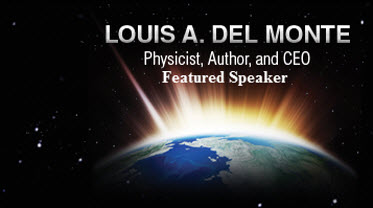









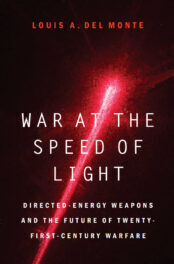
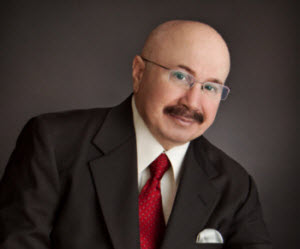
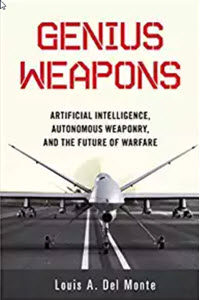
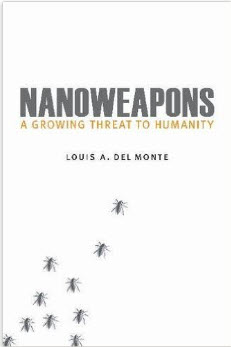
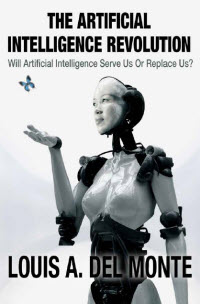

STAY CONNECTED